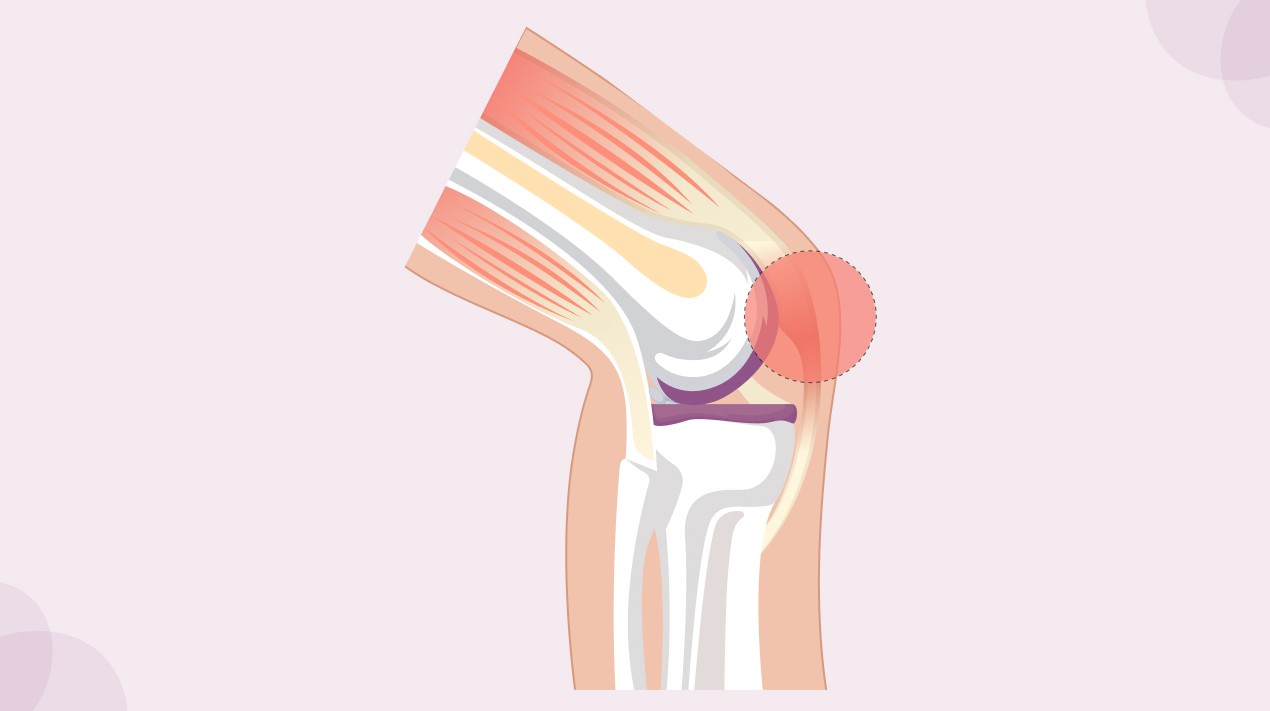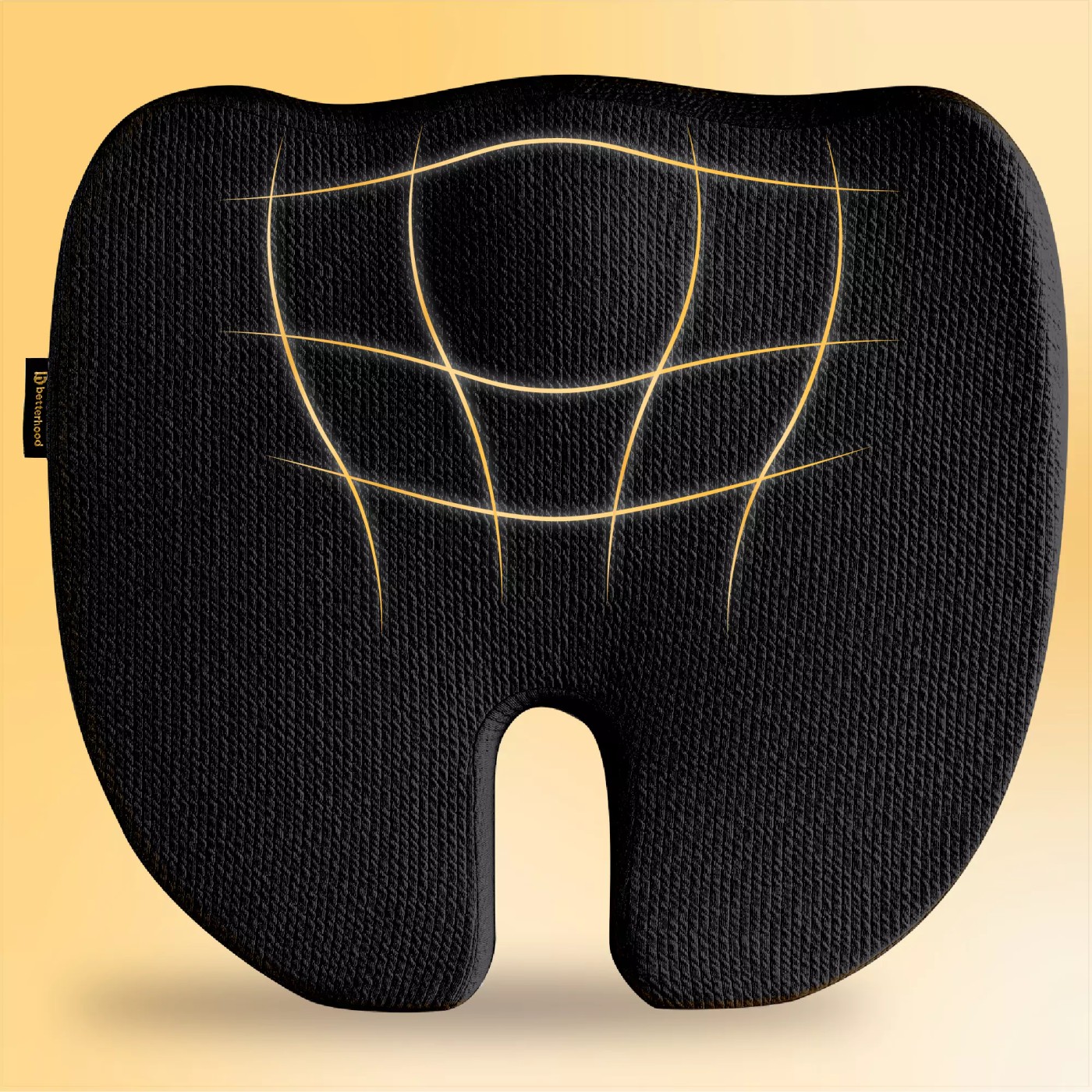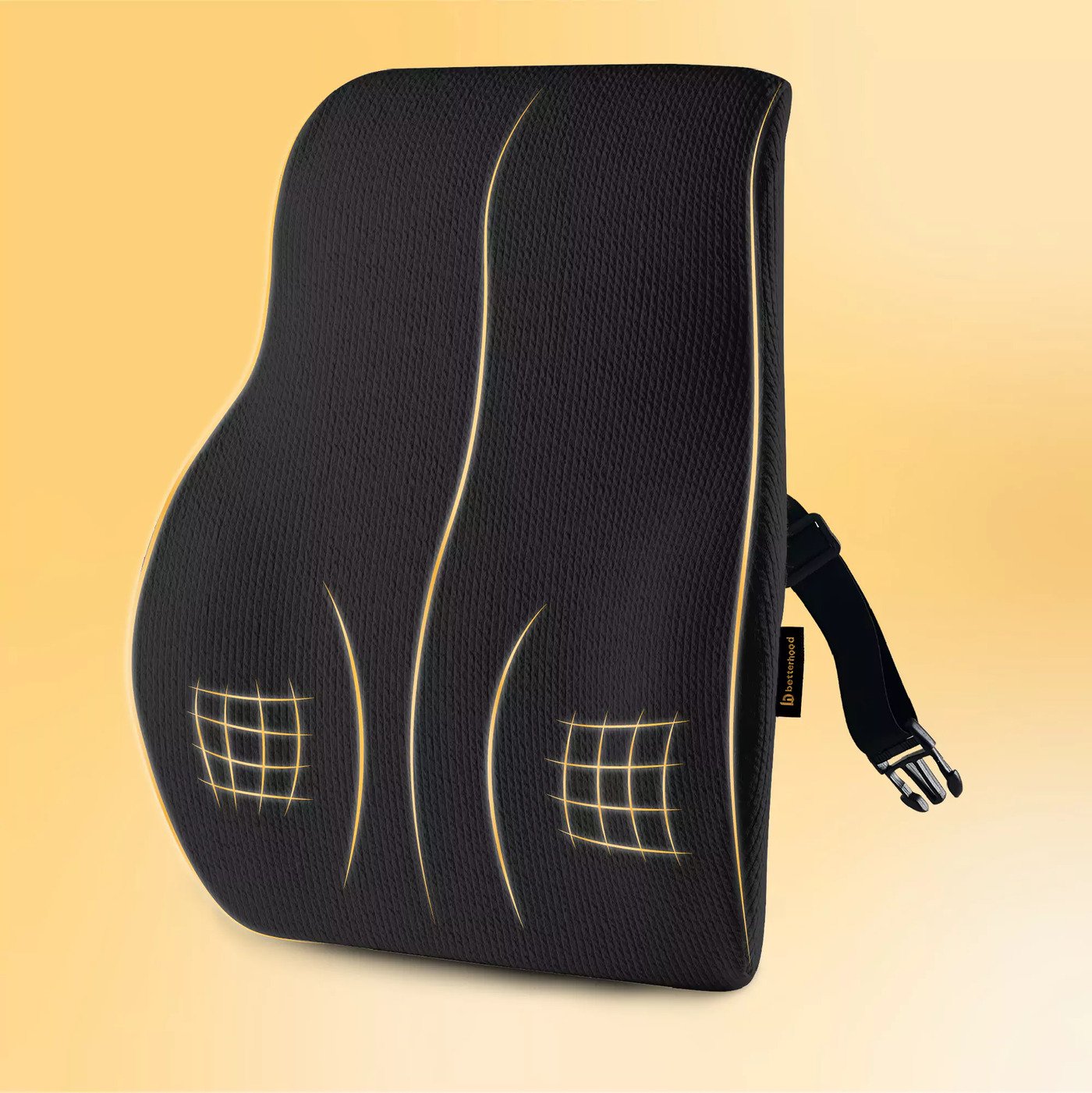If you’ve been struggling with chronic knee pain, you’re not alone. Many people experience discomfort or stiffness in their knees, and one of the often-overlooked causes of this pain is muscular imbalance. The knees are complex joints, and when the muscles surrounding them are not working in harmony, it can lead to significant issues. In this blog, we’ll dive into how muscular imbalance in the knee develops, its causes, and how it can contribute to chronic pain, along with the conditions it may lead to.
What is Muscular Imbalance in the Knee?
Muscular imbalance in the knee occurs when certain muscles around the knee joint are stronger, tighter, or more developed than others. This uneven strength distribution can cause the muscles to pull on the knee in different directions, which leads to added stress and strain on the joint. The knee joint, being a hinge joint, relies heavily on balanced muscle groups for stability and proper movement. If some muscles are too weak or too tight, it can result in poor alignment and painful, inefficient movement patterns.
What Causes Muscular Imbalance in the Knee?
Several factors can contribute to the development of muscular imbalance around the knee. Here are some of the most common causes:
- Repetitive Activities: Engaging in repetitive activities, such as running, cycling, or squatting, can overdevelop certain muscles while neglecting others. For instance, runners often develop stronger quadriceps (front thigh muscles) but may not work the hamstrings (back thigh muscles) as much. This imbalance can lead to misalignment and increased stress on the knee joint.
- Poor Posture: Bad posture while sitting, standing, or walking can lead to muscle imbalances over time. For example, sitting with legs crossed or standing with knees locked can put uneven pressure on the knee joint, causing the muscles around the knee to compensate in an unbalanced way.
- Sedentary Lifestyle: A lack of physical activity or prolonged periods of sitting can weaken the muscles that support the knee joint, particularly the hamstrings and glutes. When these muscles are weak, the quadriceps take on more strain, leading to muscular imbalance.
- Muscle Weakness: Weakness in certain muscle groups, particularly the hip and thigh muscles, can cause imbalances around the knee. For example, if the glutes or hip abductors are weak, the quadriceps may have to overcompensate, leading to increased wear and tear on the knee joint.
What Are the Symptoms of Muscular Imbalance in the Knee?
The symptoms of muscular imbalance in the knee can vary depending on the severity of the imbalance. Some of the most common symptoms include:
- Pain: Pain in or around the knee joint is one of the most common signs of muscular imbalance. This pain may be more noticeable during physical activity, especially when performing movements that involve bending or straightening the knee, like squatting, running, or walking upstairs.
- Stiffness: When the muscles around the knee are not working properly, it can lead to stiffness and reduced range of motion. This stiffness can make it difficult to fully bend or extend the knee.
- Swelling: Imbalance can also cause inflammation around the knee joint. The increased stress on the joint can lead to swelling, especially after physical activities or prolonged periods of standing or sitting.
- Instability: A feeling of instability or weakness in the knee may occur, particularly when performing movements like climbing stairs or squatting. This can happen because the muscles are not providing adequate support to the joint.
What Health Conditions Can Muscular Imbalance in the Knee Lead To?
If muscular imbalance is left unaddressed, it can lead to several health conditions that may worsen knee pain. Some of these conditions include:
- Injured Ligaments or Tendons: When the muscles surrounding the knee are out of balance, they can place undue stress on the ligaments and tendons, making them more susceptible to injury. Conditions like patellar tendonitis, collateral ligament sprains, or cruciate ligament ruptures can result from this imbalance. These injuries often cause significant pain, swelling, and instability in the knee.
- Knee Muscular Imbalance: Over time, if one muscle group becomes overly developed while others weaken, it can lead to further imbalances in the knee. For example, weak hamstrings and glutes can cause the quadriceps to become overworked, leading to muscle fatigue, discomfort, and more severe imbalances.
- Hip Joint Pathologies: Muscular imbalance in the knee is often linked to dysfunctions in the hip joint. Distal patellar apophysitis, Iliotibial band syndrome, and quadriceps tendinopathy are common conditions that can result from poor alignment caused by muscular imbalance. When the knee is misaligned, the muscles and tendons around the hip and knee may not function optimally, leading to irritation and injury in these areas.
How is Muscular Imbalance in the Knee Diagnosed?
To diagnose muscular imbalance in the knee, healthcare providers often perform a physical examination and assess your posture, gait, and range of motion. They may ask you to perform certain movements or exercises to test your muscle strength and flexibility. In some cases, imaging tests such as X-rays or MRI scans may be used to rule out other underlying conditions and assess the health of the knee joint.
How Can Muscular Imbalance in the Knee Be Treated?
Treatment for muscular imbalance in the knee typically focuses on strengthening weak muscles and improving flexibility in tight muscles. Some of the most effective treatments include:
- Physical Therapy: A physical therapist can design a customized rehabilitation program to strengthen the muscles around the knee. This may include exercises to target the quadriceps, hamstrings, glutes, and hip abductors. Strengthening these muscles can help balance the forces acting on the knee joint and reduce pain.
- Stretching and Flexibility Exercises: Stretching tight muscles, such as the quadriceps or hip flexors, can help improve muscle flexibility and reduce the tension on the knee joint. Regular stretching can also improve your range of motion and prevent further injury.
- Correcting Posture: Maintaining proper posture, whether standing or sitting, can help reduce the strain on your knee joint. Paying attention to body mechanics during physical activities and adjusting your posture as needed can prevent further imbalances.
- Strengthening the Core and Hip Muscles: Strengthening the core and hip muscles, including the glutes and hip abductors, can improve overall stability and alignment, helping to prevent further muscle imbalances in the knee.
- Rest and Recovery: Resting the knee and allowing the muscles to recover can also be helpful, especially if there is inflammation or pain present. Avoiding repetitive activities or excessive strain on the knee will give the muscles time to heal and restore balance.
How Can Muscular Imbalance in the Knee Be Prevented?
To prevent muscular imbalance from developing in the knee, it’s essential to maintain an active lifestyle and focus on strengthening and stretching the muscles around the knee. Some prevention tips include:
- Regular Exercise: Incorporating strength training and flexibility exercises into your routine can help maintain muscle balance. Targeting all the major muscle groups around the knee (quadriceps, hamstrings, glutes) ensures that no single muscle group is overworked.
- Warm-Up Properly: Before engaging in physical activities, especially those that involve repetitive movements like running or squatting, it’s important to properly warm up. This prepares the muscles and joints for the strain they’ll experience during the activity.
- Avoid Overuse: Overuse can lead to muscle fatigue and imbalance. Be mindful of not pushing your knees too hard, especially during activities that place repetitive stress on the joints.
- Seek Professional Guidance: If you’re experiencing knee pain, it’s important to consult with a healthcare professional, such as a physiotherapist, who can assess your muscle balance and recommend exercises to restore equilibrium.
Conclusion: Addressing Muscular Imbalance in the Knee
Muscular imbalance in the knee is a common cause of chronic knee pain and discomfort. By addressing muscle weakness, improving posture, and strengthening the surrounding muscles, you can reduce the risk of further injury and alleviate knee pain. Early intervention and consistent treatment are key to managing the condition and maintaining long-term joint health. If you suspect muscular imbalance is the cause of your knee pain, it’s important to consult with a healthcare professional to develop a personalized treatment plan.
References
- Crossley, K. M., Bennell, K. L., & Cowan, S. M. (2011). The effect of strengthening exercises on patellofemoral pain syndrome: A systematic review. Australian Journal of Physiotherapy, 57(1), 10-17. Available at: https://pubmed.ncbi.nlm.nih.gov/21284910/
2. Trefseth, M., & Haldane, D. (2019). The role of muscle imbalance in knee pain: Mechanisms and management. Journal of Orthopaedic and Sports Physical Therapy, 49(7), 477-485. Available at: https://pubmed.ncbi.nlm.nih.gov/31147138/
3. Ackerman, M. R., & Barlow, C. E. (2015). The relationship between muscle imbalance and knee pain. Journal of Sports Rehabilitation, 24(3), 365-370. Available at: [https://pubmed.ncbi.nlm.nih.gov/25001173/](https://pubmed.ncbi.nlm.nih.gov/25001173/)









